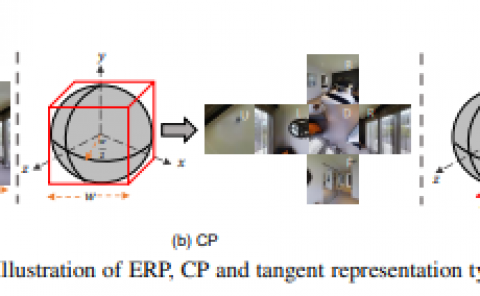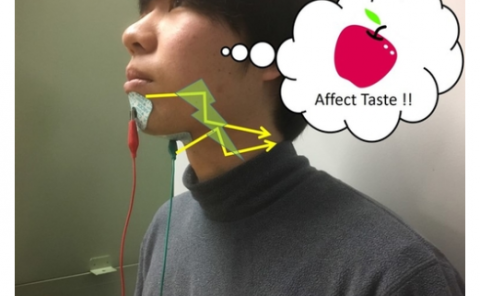Sidelink-Aided Multiquality Tiled 360° Virtual Reality Video Multicast
PubDate: August 2021
Teams: Beijing University of Posts and Telecommunications;Futurewei Technologies;Auburn University
Writers: Jianmei Dai; Guosen Yue; Shiwen Mao; Danpu Liu
PDF: Sidelink-Aided Multiquality Tiled 360° Virtual Reality Video Multicast

Abstract
Mobile/wireless virtual reality (VR) services, especially immersive 360° VR videos, have advanced unprecedentedly in recent years. However, the high bandwidth requirement of VR services has compounded the burden on wireless networks. Multicast is a high potential technique for alleviating the bandwidth requirement of 360° VR video streaming, but the multicast capacity is still constrained by the users with poor channel conditions, and it vanishes when the number of users increases while the number of the base station (BS) antennas is fixed. To overcome the drawbacks of multicast, sidelink, which is an adaptation of the core LTE standard that allows the device-to-device (D2D) communications without going through a BS, can be utilized. In this article, two sidelink-aided multicast scenarios (i.e., independent decoding and joint decoding) are studied for multiquality tiled 360° VR video transmission. We propose a utility model for each scenario, and quality level selection, sidelink sender/receiver selection, and transmission resource allocation are optimized to maximize the total utility of all users under the bandwidth constraints as well as the quality smoothness constraints for multiquality tiles. We then develop an iterative two-stage algorithm to obtain suboptimal solutions to the formulated mixed-integer nonlinear programming (MINLP) problems. Simulation results demonstrate the advantage of the proposed solutions over several baseline schemes.


